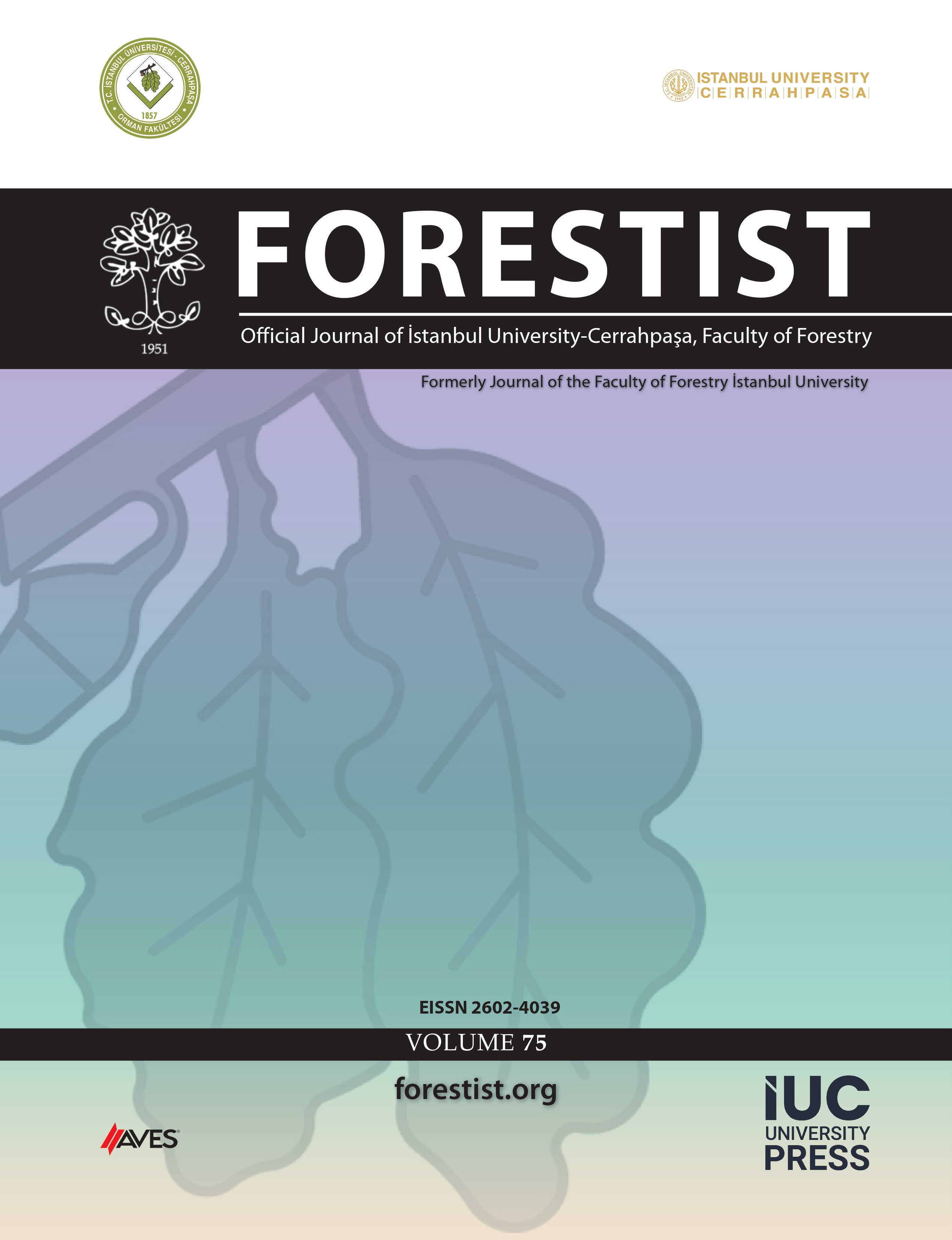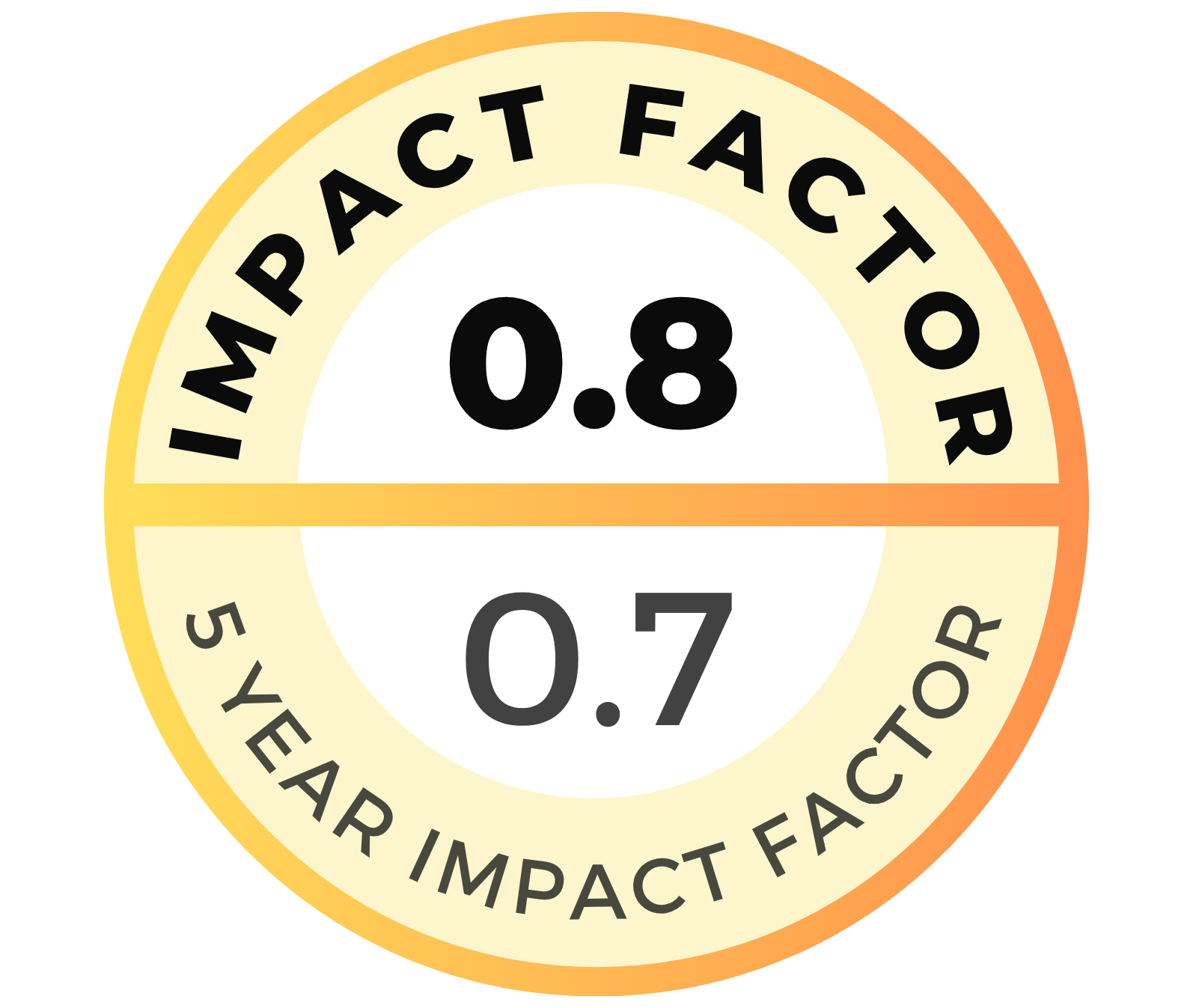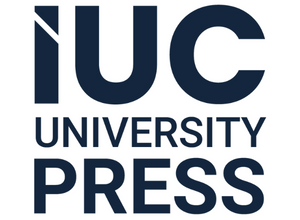The objective of this study was to assess household incomes generated by key non-timber forest products in the semiarid Sudano-Sahelian zone of Cameroon. The methodological approach was based on eight focus group discussions (average 15 per focus group discussion) and individual interviews with a total of 116 local communities in the Waza landscape. A total of 12 key non-timber forest products were identified, with Balanites eagyptiaca, Adansonia digitata, Azadirachta indica, Ziziphus mauritania, Tamarindus indica as the most important non-timber forest products in terms of volume and income generated for households. The actors involved in the value chain were the collectors, local traders, intermediate collectors, processors, and traders or retailers. For the most important non-timber forest products, these collections were mainly carried out by women and children, who sell their products independently at home or at the local market. The average production volume varied from 10 to 200 kg.household.year−1 depending on the target non-timber forest product species and the part considered (fruits, seeds, leaves). However, 20-50% of this production was reserved for own consumption and 50-80% for trading. The average annual income generated by these five top non-timber forest products was estimated at 56.48 USD.household.year−1 . Baobab fruit, with a maximum income of 260 USD.household.year−1 was found to be a top non-timber forest product that generated maximum household income per year. Traders of non-timber forest products were at three levels, namely house/village, periodic, and urban markets. Buyers were sometimes collectors coming from neighboring countries like Nigeria and Chad. There was an increase in selling prices between house/village and urban markets with an average of +39% (9-100%). Value chain and/or market analyses of non-timber forest products in the Waza landscape provide vital information to help improve production, value addition, or processing, market organization and also increase the contribution of the non-timber forest products to the income of the households involved.
Cite this article as: Chimi, C. D., Barnabas, N., N., Merlin, N. G., Serges, O. N., Eugene, C., Kevin, E., Dieudonné, A., A., Princely, N., Roger, K. B. L. P., Lavoine, M. K., Parfait, K. N., Vartant, D. P. S., Kevin, F. T., & Delanot, T. A. (2025). Non-timber forest products in the semi-arid Waza landscape: value chain and contribution to household incomes. Forestist, 75, 0096, doi:10.5152/forestist.2025.24096.




.png)
